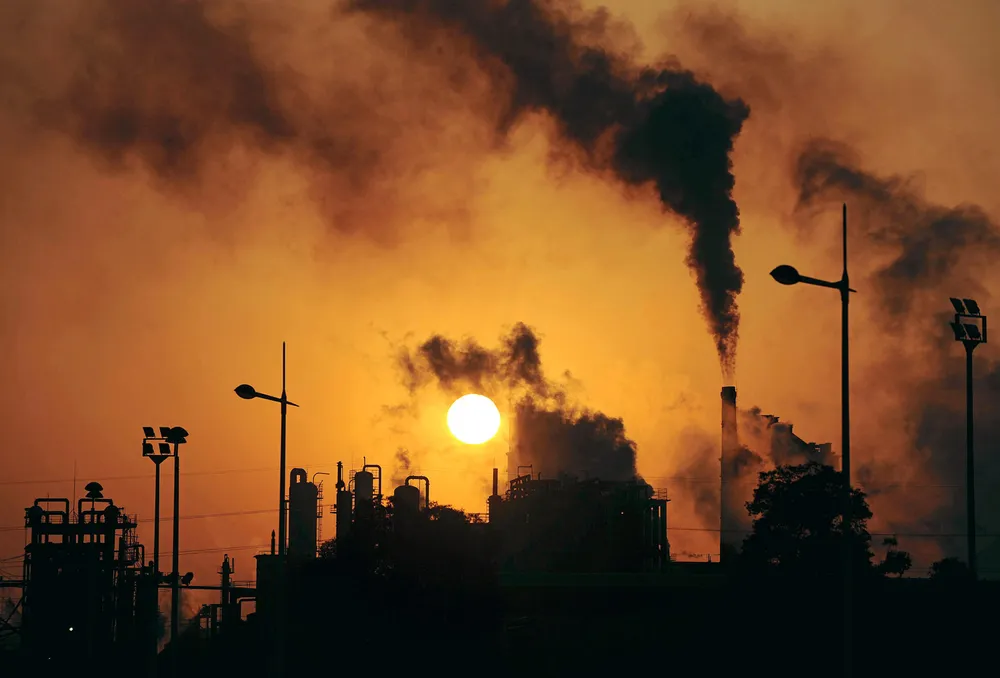Carbon price main driver to reach ‘level-playing field’ for carbon capture: Upstream CCS event
Prospect of a significant cost associated with carbon emissions can be incentive to drive investment in Europe’s CCS infrastructure

Prospect of a significant cost associated with carbon emissions can be incentive to drive investment in Europe’s CCS infrastructure
